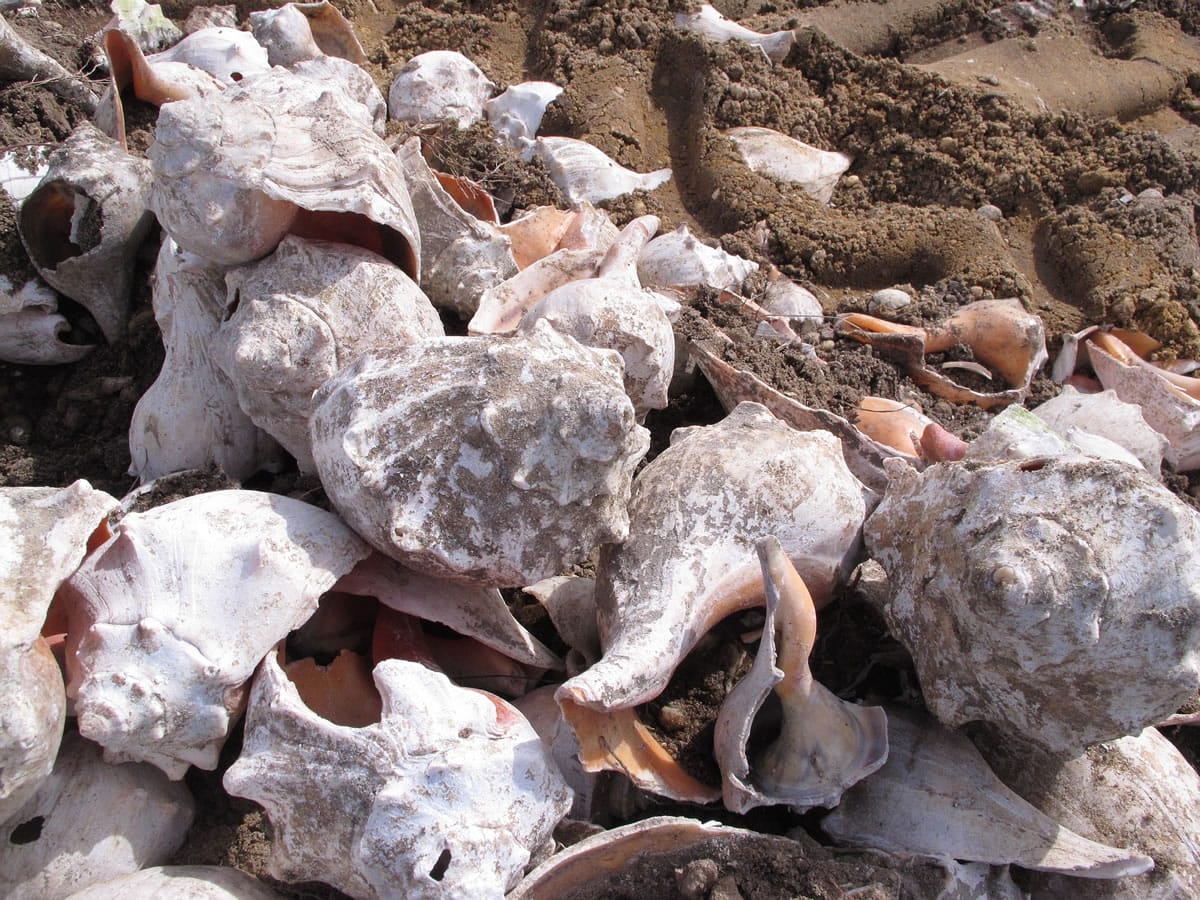BERKELEY TOWNSHIP, N.J. — A century ago, oysters were so plentiful in New Jersey’s Barnegat Bay that visitors would clamber off trains, wade into the water and pluck handfuls to roast for dinner.
But decades of pollution, accelerated by rampant development along the bay’s shores, have reduced the oyster population to a small fraction of what it once was.
The American Littoral Society is re-establishing an oyster colony about a quarter-mile off a section of Berkeley Township called Good Luck Point.
The goal is to help improve water quality in the struggling bay; the shellfish naturally filter out pollutants and impurities. But there’s another benefit as well: hardening the shoreline against devastating storms like Superstorm Sandy. The hard shells and the irregular, raised profile of the oyster beds help blunt the impact of waves and storm surges on the shoreline.
“Oysters act as speed bumps for storm waves,” said Tim Dillingham, the group’s executive director. “They form natural barriers that help protect the coastline.”
The colonies also serve as important habitat for fish and crabs, which are vital to the bay’s recreational fishing and boating industries.
The Littoral Society bought 160 tons of whelk shells from a seafood processor for about $2,000. On Thursday, it hired a barge to carry them to the reef site and dump them on the bay floor.
“The bay bottom here is firm but the oysters need ‘real-estate,’ ” said Capt. Alek Modjeski, the group’s habitat restoration director. He said research done last year showed the level of salinity in the water off Good Luck Point is ideal for oysters. The protection of the whelk shells also might help cut down on the deaths of oysters from predators including cow nose rays, which love to feed on them, he said.
Because oyster shells are comparatively hard to come by, the group chose the much larger whelk shells as a substitute. But the Littoral Society is starting a shell recycling program to pick up the shells of oysters eaten in restaurants.
Oysters are naturally attracted to the shells, attach themselves and begin growing. But because there are so many fewer oysters in the bay these days, the group eventually plans to nudge the process along by introducing spat, or oyster seedlings, onto the reef, probably sometime next year.
The Littoral Society recently bought a “spat tank” where oyster seedlings will be grown on the Ocean Gate pier until they are ready to be transplanted onto the reef.
Meanwhile, a group led by Rutgers University researchers successfully raised oyster seedlings in cages suspended from the sides of the Earle Naval Weapons Station in Middletown, N.J., in the even more-polluted Raritan Bay. The Littoral Society is doing a similar project, primarily for storm protection, in Delaware Bay.
The oysters are not intended to be eaten. Indeed, the prospect of poachers’ stealing the shellfish and selling them has led the New Jersey Department of Environmental Protection to ban most oyster colonization in Raritan Bay, fearing that if someone got sick from tainted oysters, the state’s $800 million shellfish industry could suffer.
The project is funded by the National Oceanographic and Atmospheric Administration, and Restore America’s Estuaries, with support from Berkeley and Ocean Gate, two New Jersey communities on Barnegat Bay.



